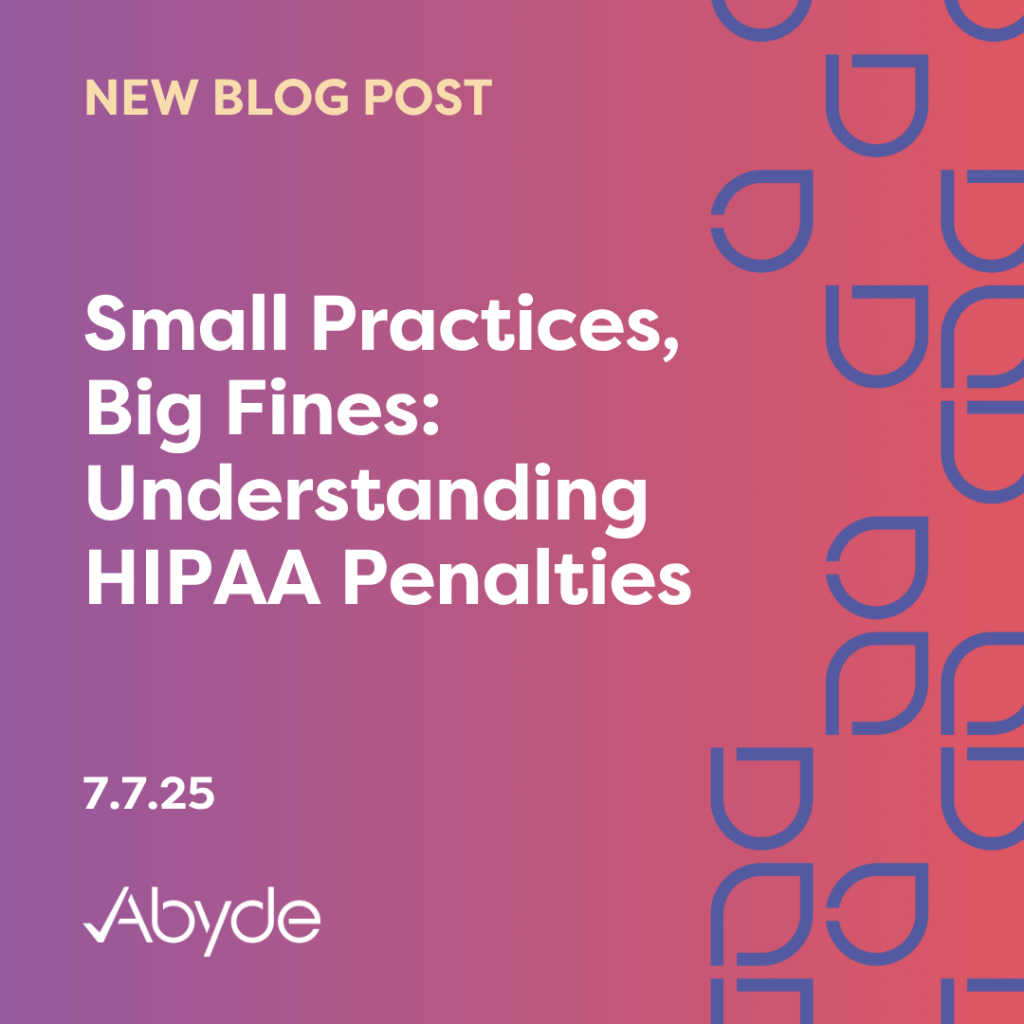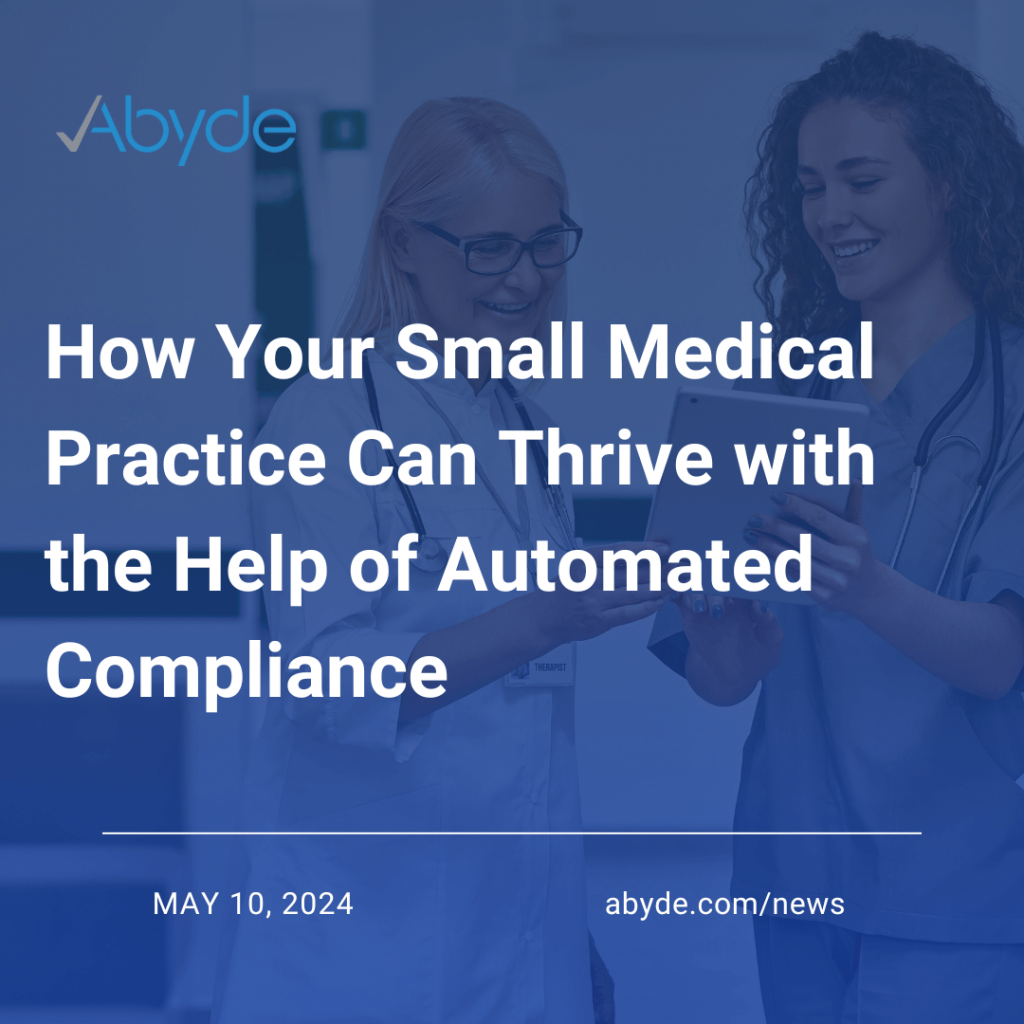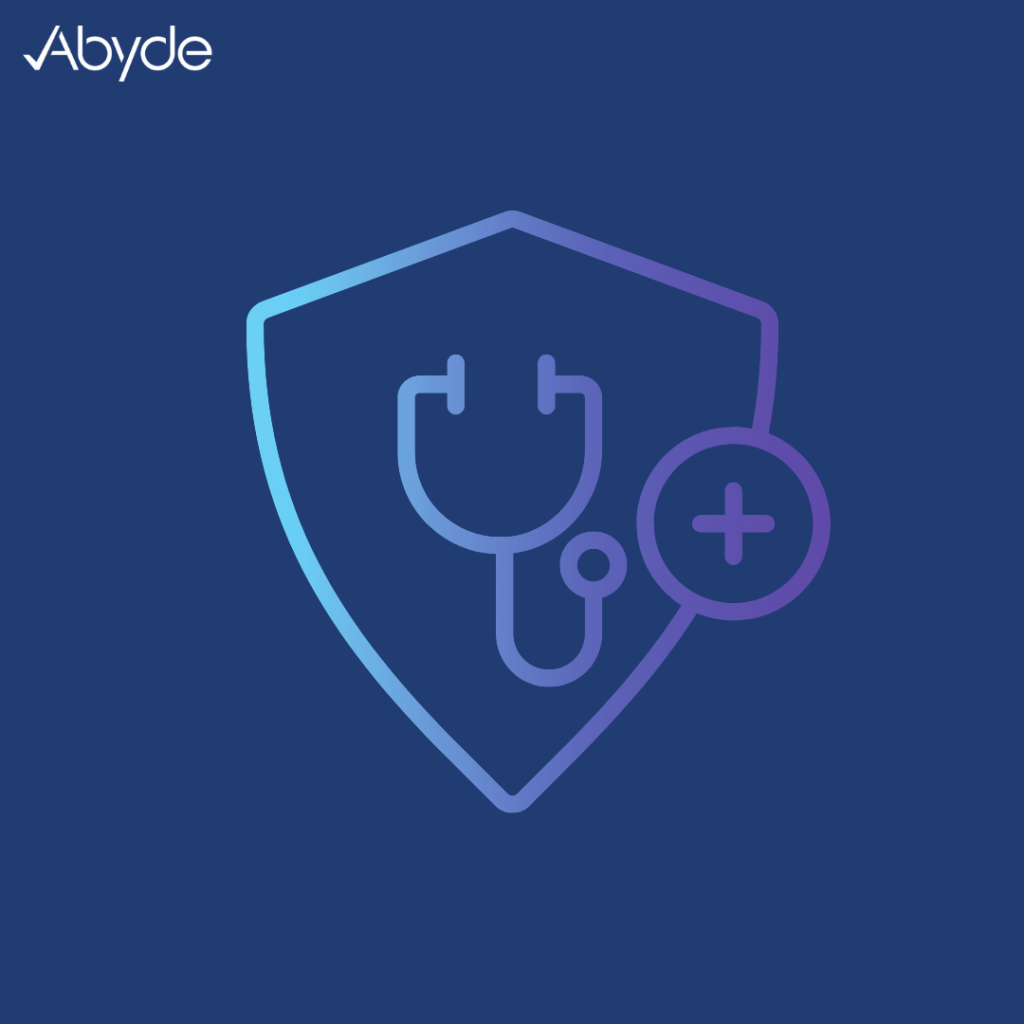July 7, 2025 Did you know that over half of physicians work in small medical practices with 10 or fewer physicians? You likely wear many hats when working in or even running your small practice, from taking care of patients to clerical work, and of course, HIPAA compliance. Although other priorities may push HIPAA compliance to the side, being compliant is essential for the success of your practice. It’s a common misconception that since a practice is small, the Office for Civil Rights (OCR) will not investigate it if an issue occurs. The OCR has fined several small practices recently, with ramped-up enforcement, nearing $10 million within the year’s first half. Here are some of the most recent fines imposed on small medical practices and how your practice can avoid them. The SRA Superpower Comprehensive Neurology, PC, a small neurology practice in New York, was recently fined $25,000 after a ransomware attack exposed the practice’s insufficient protections for securing Protected Health Information (PHI). Specifically, the practice did not have a Security Risk Analysis (SRA). The SRA is an annual assessment of your practice’s administrative, technical, and physical safeguards, reviewing potential vulnerabilities. When handled properly, the SRA allows you to mitigate risks before a situation occurs. While commonly missed, the SRA is the foundation of a successful practice. To combat this, the OCR has recently enacted the Risk Analysis Initiative, which has brought increased scrutiny and led to nearly a million dollars in fines since its implementation late last year. Completing an SRA is paramount to protect your small medical practice from similar initiatives. The SRA is a crucial protective barrier, proactively preventing issues before they escalate into significant problems. For instance, if the practice completed an SRA, they could have seen any technological shortcomings that led to the severity of the ransomware attack. Alert the Press! Vision Upright MRI, a small California healthcare provider focused on medical imaging, was fined $5,000 in May. In addition to missing an SRA following a breach, the small practice from California did not adequately inform patients. As part of the Breach Notification Rule, relevant parties, like impacted patients, the OCR, and, depending on the size of the breach, the media, and more, must all be notified following a breach. Patients can decide how to secure their information by being informed, and the practice should pay for credit monitoring. With over 21,000 patients’ PHI compromised, the practice needed to notify several parties quickly. Regardless of the breach’s size, a practice must inform all affected patients within 60 days of discovery. However, given that this breach affected over 500 patients, the OCR, media, and some states (like California), the state attorney general also required notification within that time frame. Once you have mitigated the situation and understood the full scope, it’s time to alert all necessary parties. If the breach impacts fewer than 500 patients, while patients still need to be notified within 60 days, the practice must notify the OCR within 60 days of the calendar year in which it occurred. Deliver Records Swiftly Gums Dental Care LLC, a small dental practice in Maryland, was fined $70,000 after refusing to provide a patient’s medical records. Under the HIPAA Privacy Rule, patients must receive their medical records within 30 days of request. This requirement, known as the Right of Access, is one of the most common violations. In this situation, Gums Dental Care provided records three years after the initial request. To avoid similar penalties, ensure all staff are trained efficiently to provide patient records. Quickly addressing patient requests prioritizes their needs, secures your practice, and builds patient trust. Simplifying Compliance for Your Small Practice While following the complexities of HIPAA might feel overwhelming, with the right solution, it doesn’t have to be. Intelligent software can streamline compliance for your practice, alleviating the responsibility and freeing time to spend with patients. Smart solutions also encompass HIPAA’s requirements, including the SRA, breach logs, and staff training. Schedule a consultation today to learn more about simplifying compliance for your small practice.
How Your Small Medical Practice Can Thrive with the Help of Automated Compliance
May 10, 2024 We’re celebrating National Small Business Day by highlighting some of the hardest-working individuals in the industry who serve patients day in and day out. Small medical practices account for a significant portion of the healthcare system, with over half of physicians working in practices with ten or fewer doctors. Additionally, many physicians own their practices, with 44% being self-employed. Running your small medical practice comes with great benefits but unique challenges. Read more as we discuss the common hurdles and how intelligent software-based compliance solutions work for your small practice. Small Practice Challenges: Cost Small medical practices operate with fewer resources. Cash flow and high costs are common dilemmas for small medical practices compared to hospitals. With fewer resources, small practices can be more vulnerable when challenges arise. For instance, as seen with the Change Healthcare breach, over 78% of surveyed small medical practices cited facing difficulties, with 31% unable to run payroll. While navigating high operating costs, the annual average ranges from $600,000 to $800,000, finding affordable yet effective resources is imperative. Small Practice Challenges: Administrative Burdens Administrative work can significantly impact the success of a practice. Time is valuable, especially when the office staff is a few people wearing many hats. Without the right tools, administrative tasks take a significant portion of a healthcare employee’s day. For instance, the average doctor spends almost 10 hours weekly completing clerical tasks, or roughly one-fifth of working hours. Maintaining complex and time-consuming HIPAA and OSHA compliance are examples of such tasks. Having comprehensive compliance programs is vital to being compliant. Without an automated solution, some administrative tasks include writing thorough policies and procedures, manually tracking staff training, and maintaining organized compliance documentation. Small Practice Challenges: Burnout Burnout is a common experience in healthcare. More than 90% of doctors have felt the impact of burnout. Juggling a demanding healthcare role with the responsibilities of running the practice itself can take a significant toll if not managed correctly. Administrative tasks contribute to this stress, with 64% of doctors noting clerical requirements as a significant stressor. HIPAA and OSHA compliance can be overwhelming, and the consequences can be severe. When fines can cost your small practice millions of dollars, finding a solution to alleviate compliance stress is essential. How Abyde Can Help Running a small medical practice can be difficult, but it is a testament to your dedication to your patients. Abyde understands that you want to spend more time with your patients, and automating HIPAA and OSHA compliance is a path to that goal. Our automated,cloud-based compliance software is for healthcare professionals like you seeking a secure and simplified approach to managing compliance. With Abyde’s easy-to-use solutions, your practice can save time and money, mitigate risk, and ensure you are always up to speed with the latest compliance requirements. To learn more about Abyde’s solutions, email info@abyde.com or schedule an educational consultation with one of our experts here.
Ensuring a Healthy and Safe Medical Environment: The Importance of OSHA Compliance in Small to Midsize Medical Practices
June 1, 2023 When thinking about medical practice compliance, the first thing that likely comes to mind is HIPAA, patient confidentiality, and related healthcare regulations. While these areas are undeniably crucial, there’s another regulatory authority that should never be overlooked, even in the smallest of medical practices: the Occupational Safety and Health Administration (OSHA). OSHA sets and enforces standards that help manage these hazards and provide safe working environments. But why is OSHA compliance so essential for small to midsize medical practices? A Culture of Safety OSHA compliance is not just about following regulations—it’s about creating a culture of safety. This promotes a sense of well-being among employees, which, in turn, fosters better patient care. Studies have shown that safe, happy employees are more engaged and productive, which is essential in a patient-centric industry like healthcare. Protection Against Occupational Hazards Medical professionals are exposed to an array of occupational hazards. OSHA standards aim to protect employees from potential threats such as exposure to infectious diseases, hazardous drugs, ionizing radiation, and more. By complying with OSHA standards, small to midsize medical practices can ensure the well-being of their staff, leading to reduced absences, lower turnover, and increased employee satisfaction. Legal and Financial Implications Non-compliance with OSHA regulations can lead to hefty fines and legal consequences. Small to midsize practices might not have the financial resilience to deal with such penalties, which can range from thousands to hundreds of thousands of dollars. Additionally, non-compliance can result in lawsuits, tarnished reputation, and even closure of the practice. Maintaining Trust Patients entrust healthcare providers with their lives and well-being. If a medical practice fails to comply with OSHA regulations, it can significantly damage the trust built between the healthcare provider and their patients. Adherence to OSHA standards sends a clear message to patients that their safety, as well as the safety of the staff providing their care, is a top priority. Staying Ahead of Changes Healthcare is an ever-evolving field with new technologies, treatments, and threats emerging regularly. OSHA compliance ensures that medical practices are staying ahead of these changes, preparing for new hazards, and continuously improving their safety protocols. In conclusion, the importance of OSHA compliance in small to midsize medical practices cannot be overstated. It fosters a culture of safety, protects against occupational hazards, saves potentially significant legal and financial costs, maintains patient trust, and keeps the practice prepared for changes. Given the high stakes of medical care, these benefits show why OSHA compliance should be seen as a non-negotiable element of running a successful, responsible, and trustworthy medical practice. Abyde’s software offers a comprehensive solution that helps small to midsize practices manage their OSHA compliance needs effectively. The platform delivers continuous updates in line with OSHA changes and standards, provides training for employees, and includes risk analysis features. In doing so, it minimizes the potential for costly penalties while allowing healthcare providers to focus on what they do best: providing top-quality care for their patients. Investing in OSHA compliance is an investment in the well-being of your staff, your patients, and the long-term success of your practice. Choose Abyde today, and step into a future where regulatory compliance and optimal patient care are completely stress-free.


